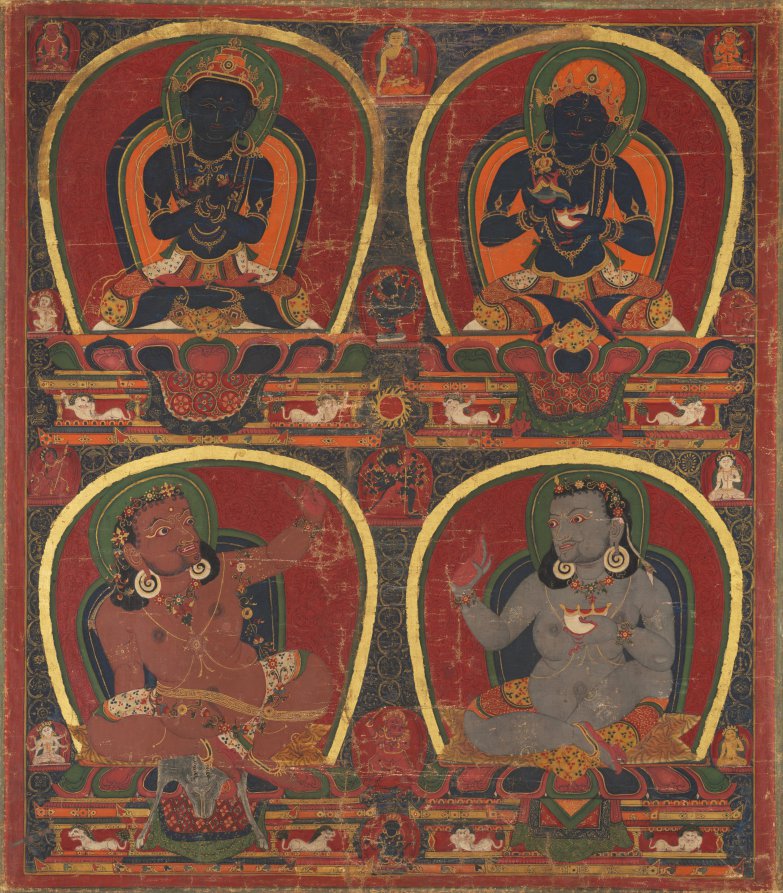10. Begin the sequence of exchange with yourself
- This is the Ninth, Final Slogan/Instruction of Point Two.
- Point Two is “The Actual Practice”.
- Point two consists of nine instructions in two divisions. The two divisions are
- 1) Cultivating Absolute Bodhicitta, which consists of five instructions, and
- 2) Cultivating Relative Bodhicitta, which consists of four instructions
- “Begin the sequence of exchange with yourself” belongs to the second division, “Cultivating Relative Bodhicitta”
Those desiring speedily to be
A refuge for themselves and others
Should make the interchange of “I” and “other,”
And thus embrace a sacred mystery.The Way of the Bodhisattva, translated by Padmakara Translation Group
